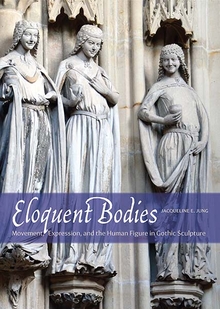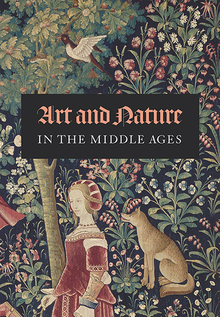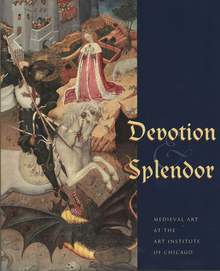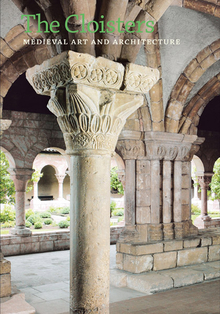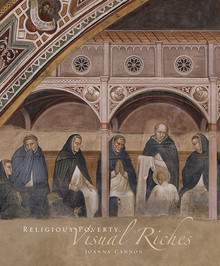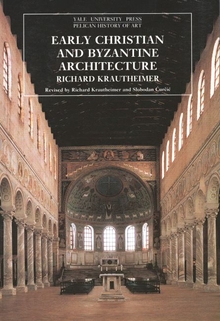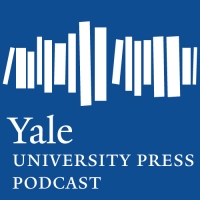The Art of Paper
WARNING
You are viewing an older version of the Yalebooks website. Please visit out new website with more updated information and a better user experience: https://www.yalebooks.com
From the Holy Land to the Americas
Caroline Fowler

Read this book online via the A&AePortal, our art and architectural history eBook platform. To learn more about how to access this book, please contact us.
The untold story of how paper revolutionized art making during the Renaissance, exploring how it shaped broader concepts of authorship, memory, and the transmission of ideas over the course of three centuries
In the late medieval and Renaissance period, paper transformed society—not only through its role in the invention of print but also in the way it influenced artistic production. The Art of Paper tells the history of this medium in the context of the artist’s workshop from the thirteenth century, when it was imported to Europe from Africa, to the sixteenth century, when European paper was exported to the colonies of New Spain. In this pathbreaking work, Caroline Fowler approaches the topic culturally rather than technically, deftly exploring the way paper shaped concepts of authorship, preservation, and the transmission of ideas during this period. This book both tells a transcultural history of paper from the Cairo Genizah to the Mesoamerican manuscript and examines how paper became “Europeanized” through the various mechanisms of the watermark, colonization, and the philosophy of John Locke. Ultimately, Fowler demonstrates how paper—as refuse and rags transformed into white surface—informed the works for which it was used, as well as artists’ thinking more broadly, across the early modern world.
In the late medieval and Renaissance period, paper transformed society—not only through its role in the invention of print but also in the way it influenced artistic production. The Art of Paper tells the history of this medium in the context of the artist’s workshop from the thirteenth century, when it was imported to Europe from Africa, to the sixteenth century, when European paper was exported to the colonies of New Spain. In this pathbreaking work, Caroline Fowler approaches the topic culturally rather than technically, deftly exploring the way paper shaped concepts of authorship, preservation, and the transmission of ideas during this period. This book both tells a transcultural history of paper from the Cairo Genizah to the Mesoamerican manuscript and examines how paper became “Europeanized” through the various mechanisms of the watermark, colonization, and the philosophy of John Locke. Ultimately, Fowler demonstrates how paper—as refuse and rags transformed into white surface—informed the works for which it was used, as well as artists’ thinking more broadly, across the early modern world.
Caroline Fowler is associate director of research and academic programs at the Clark Art Institute.
“Beautifully argued and illustrated, wide-ranging, and fast-paced, this engaging book prompts us to reconsider paper as a valuable, surprisingly eloquent commodity.”—Eileen Reeves, Princeton University
"Drawing requires paper, a medium easily taken for granted. A short, well-designed and elegantly written book, “The Art of Paper” by Caroline Fowler takes us through the early history and development of the medium. Considering how paper was produced and traded, and how artists such as Albrecht Dürer exploited it as a vehicle for his ambitions, Ms. Fowler offers a lively account of why paper matters."—Cammy Brothers, Wall Street Journal
“This book is highly original, and Fowler’s scholarship is exemplary. It orients the study of Renaissance drawings and artistic practice in a new direction, away from concerns of connoisseurship and authenticity to broader cultural issues.”—Jean Cadogan, Trinity College
ISBN: 9780300246025
Publication Date: November 12, 2019
Publication Date: November 12, 2019
184 pages, 7 x 9
113 color illus.
113 color illus.
ADDITIONAL MATERIALS


